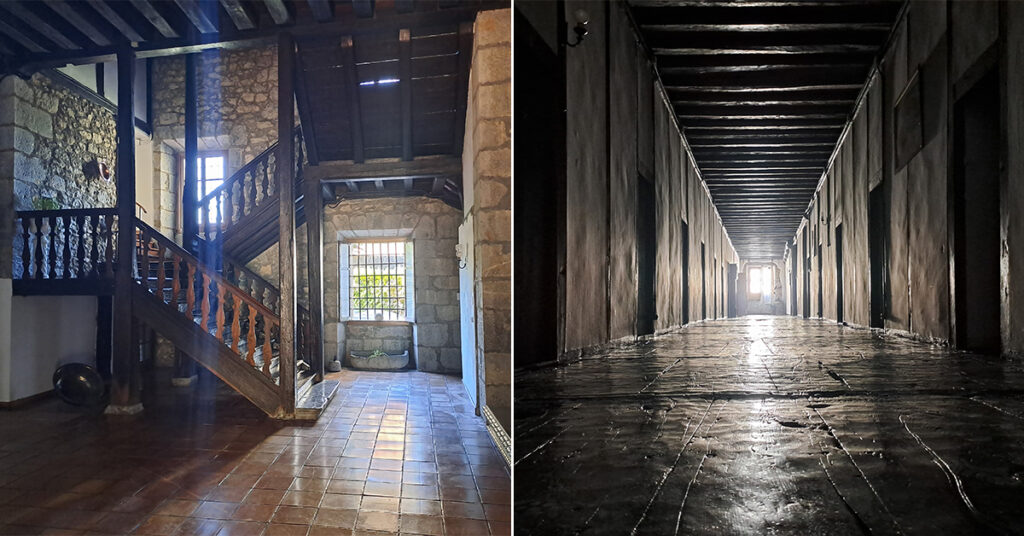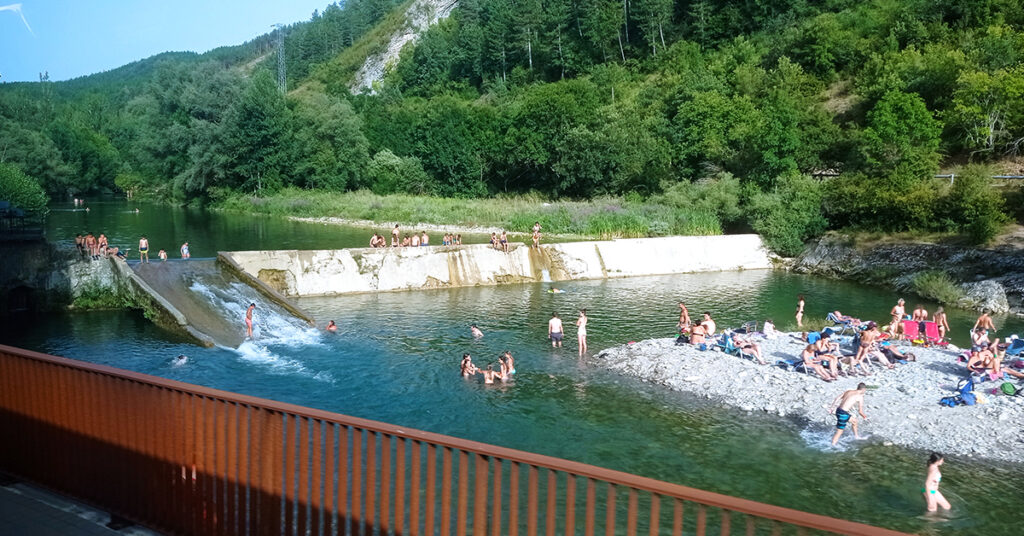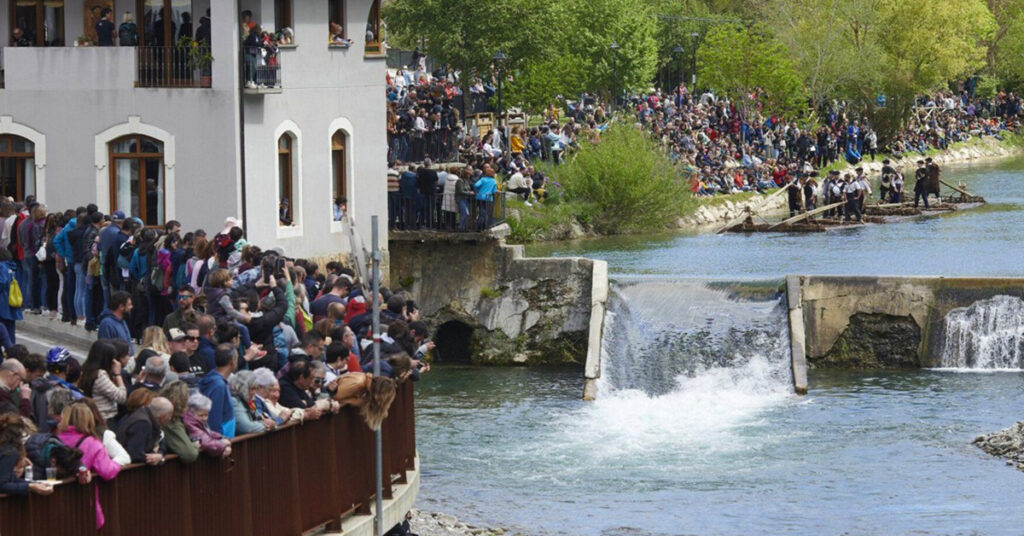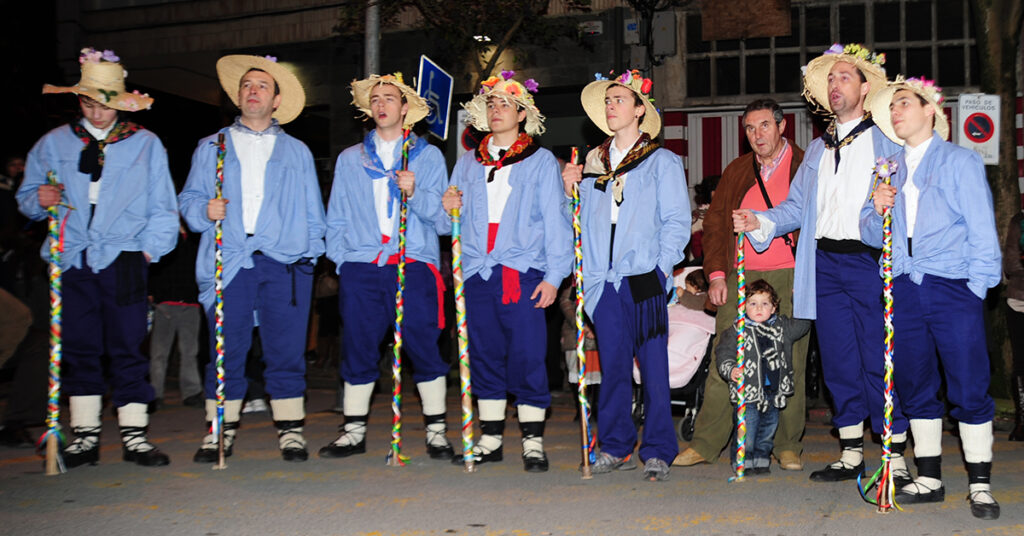Basque ethnography at a glance
At the end of November 2023, the doors of Santa Clara Convent in Tolosa (Gipuzkoa) closed for the last time, after over four centuries of being home to the religious order and the remaining four nuns were moved to another convent. Before they left – and with their cooperation –, I had the opportunity to make an extensive inventory of all the artefacts within the walls of the convent that had been home to the cloistered religious community, the Order of Saint Claire (the Poor Clares). A heritage intervention thus took place from May to October of that year with the goal of preserving the memory of that convent; the outcomes were four different books being produced and published, the recording of the oral memory of the last four nuns, the making of a documentary and the organisation of an exhibition.
The previous article discussed the damage caused by dams in rivers and their relationships with the heritage. Here are some examples:
Some significant examples
The Santa Engracia dam in Pamplona was first documented in the 13th century. It has been in disuse for decades. It was used for different activities, the last of which was for the rubber industry in the 20th century. The River Arga damaged it several years ago and the sheet of water disappeared as a result; the Pamplona rowing club had to stop using it for their sport. That has led to robust discussion. The law requires it to demolished, which was so ordered by the Ebro River Authority and the Government of Navarra’s Ministry of the Environment; but the City Council has called for it to be rebuilt. Its heritage value has been stressed by the parties that wish to rebuild it, but the most appropriate way to show its interior would be precisely to demolish it and display the inner part of one of its ends. From the intangible heritage perspective, the use by the rowing club would obviously not be reason enough.
Mills and dams were essential infrastructures for the milling of wheat and corn up until several decades ago. They were later used to generate electricity. The natural flow of the flow therefore needed to be stopped and water course disrupted. We have also used the dams to accumulate water and irrigate farmland. More and more were built down through the centuries. Up until the present. (more…)
Even though Carnival has been called the highlight of winter at other times in this country, the celebration of St. Agatha’s Feast Day – with the preamble of Candlemass and St. Blaise’s Day – were what could be called a “festive trilogy” combining the sacred and entertainment, in terms of Catholicism and leaving the Christmas cycle to one side.





